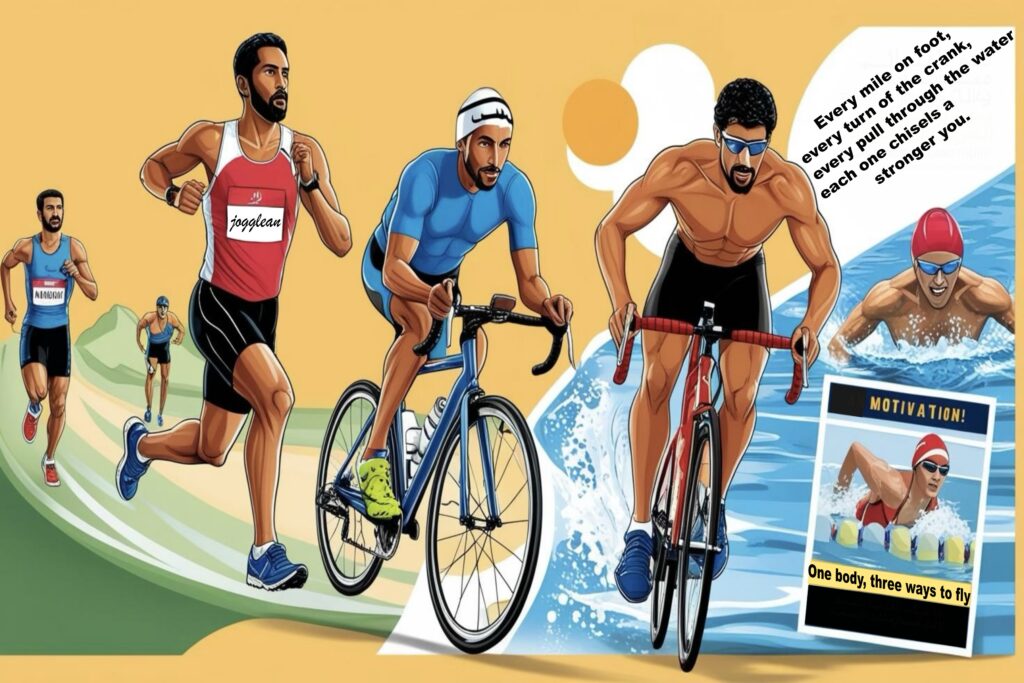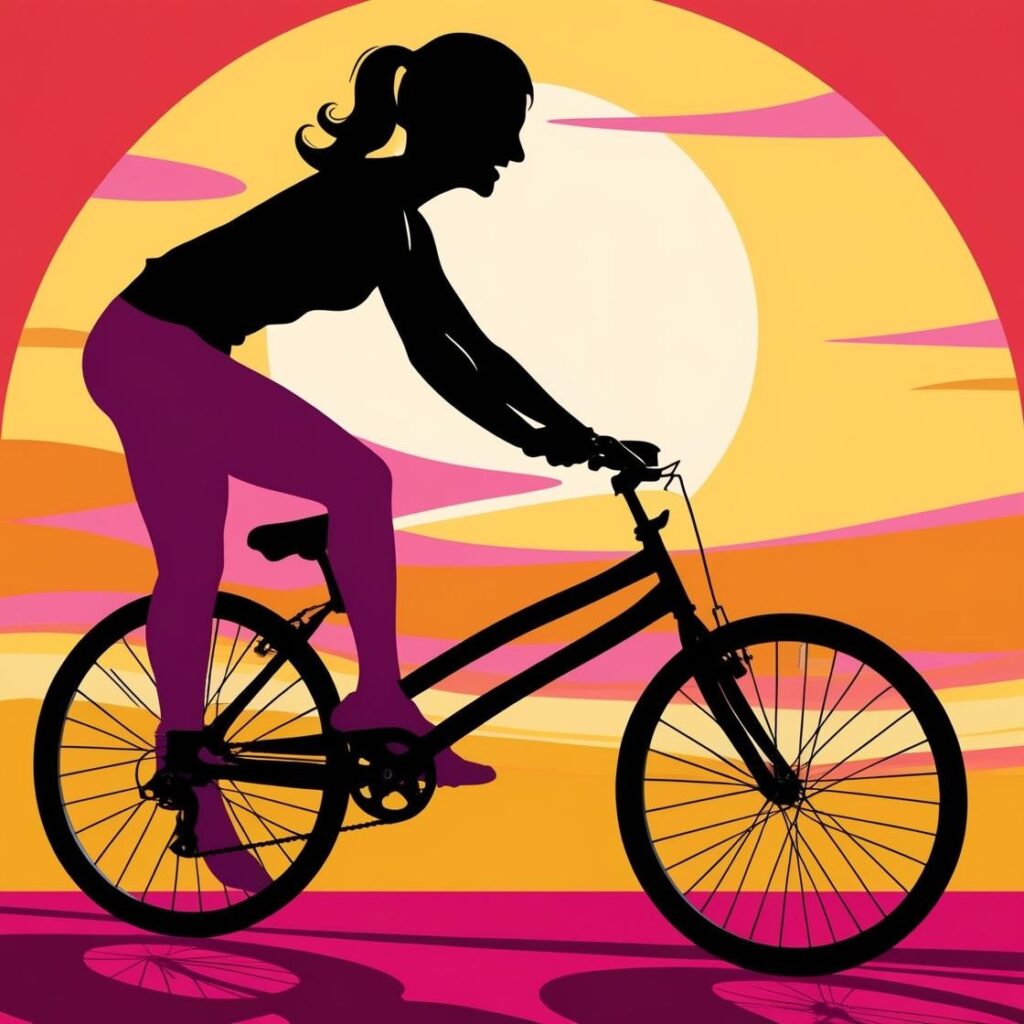Bicycle Riding
How to Start Riding a Bicycle:
A Beginner’s Guide to Confidence and Joy on Two Wheels
Riding a bicycle is one of life’s simple pleasures—a blend of freedom, fitness, and fun. Whether you’re a complete beginner or returning to the saddle after years away, learning to ride is an empowering step. Here’s a practical, encouraging guide to get you started on your cycling journey.
1. Choose the Right Bicycle
The first step is finding a bike that fits your body and your needs. There are various types of bicycles: road bikes for speed, mountain bikes for trails, hybrid bikes for versatility, and comfort bikes for casual cruising. Visit a local bike shop if possible—they can help you select the right size based on your height and intended use.
Make sure:
- You can touch the ground with your toes when seated.
- The handlebars are easy to reach without straining.
- The brakes and gears (if any) are within comfortable reach.
2. Wear the Right Gear
Safety and comfort come first. Always wear a properly fitted helmet—it’s the most essential piece of safety gear. You’ll also benefit from:
- Closed-toe shoes with good grip.
- Comfortable clothes that allow movement.
- Padded cycling shorts or a cushioned seat if you plan to ride longer distances.
- Gloves, sunglasses, and bright or reflective gear to enhance visibility.
3. Learn the Basics in a Safe Space
Start somewhere flat, open, and traffic-free—like a quiet park, driveway, or empty parking lot. Begin by walking the bike while straddling it to get used to its weight and movement.
Then try:
- Scooting: Sit on the saddle, feet on the ground, and push forward with your legs. This helps with balance.
- Gliding: As you get comfortable, lift your feet and coast for a few seconds.
- Pedaling: Once you’re able to balance while gliding, place your feet on the pedals and try pedaling in short bursts.
4. Practice Balance and Steering
Balance is the core of cycling. A good technique is to focus on a point straight ahead rather than looking down at your front wheel. Keep your hands lightly on the handlebars, elbows slightly bent, and steer smoothly.
Turning takes practice:
- Start with wide, gentle curves.
- Lean slightly into turns, but keep your body relaxed.
- Practice turning left and right, gradually tightening the radius as your confidence grows.
5. Learn to Start, Stop, and Brake Smoothly
Starting:
- Place one pedal in the 2 o’clock position (slightly forward).
- Push down to gain momentum as you lift your other foot onto the second pedal.
Stopping:
- Practice using both brakes evenly to come to a controlled stop.
- If you only have one brake, go gently to avoid skidding.
- Always stop gradually and avoid grabbing the brakes suddenly.
Pro tip: Practice stopping and starting multiple times until it becomes second nature.
6. Ride with Confidence
Once you’re able to balance, steer, pedal, and stop, practice riding for longer stretches. Stay on quiet roads or bike paths and gradually increase your time and distance.
As you gain experience:
- Learn how to shift gears (if your bike has them).
- Practice riding on small inclines or navigating gentle curves.
- Try short commutes or errands nearby to build real-world experience.
7. Know the Rules of the Road
If you plan to ride in traffic or on shared paths, it’s important to understand basic cycling etiquette and safety rules:
- Ride in the same direction as traffic.
- Use hand signals to indicate turns.
- Obey traffic signs and signals.
- Stay alert—avoid headphones and distractions.
- Make yourself visible with lights and bright clothing.
8. Stay Consistent and Have Fun
Learning to ride takes a little patience, but the rewards are huge. Practice consistently, even if it’s just 10–15 minutes a day. You’ll be amazed at how quickly your skills and confidence grow.
Riding a bike isn’t just about transportation—it’s about joy. Whether you’re gliding through a quiet morning street or challenging yourself on a weekend trail, cycling can become a life-changing habit for your body and mind.
Final Thoughts
Everyone learns at their own pace. Don’t compare yourself to others—celebrate each step forward, even if it’s just balancing for a few seconds longer or riding a few more meters. The key is to enjoy the process.
Start simple. Keep going. And soon, riding a bike will feel as natural as walking—with the added bonus of a breeze in your face and a sense of freedom in your soul.





Leave a Comment